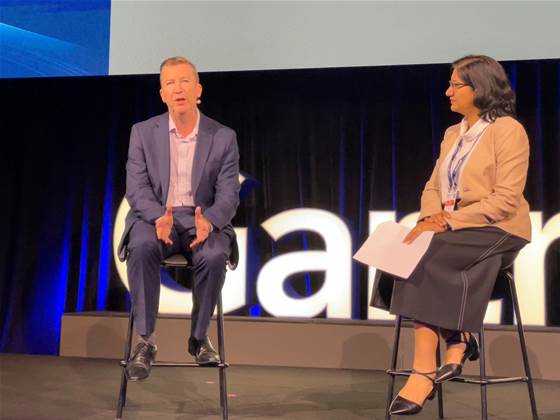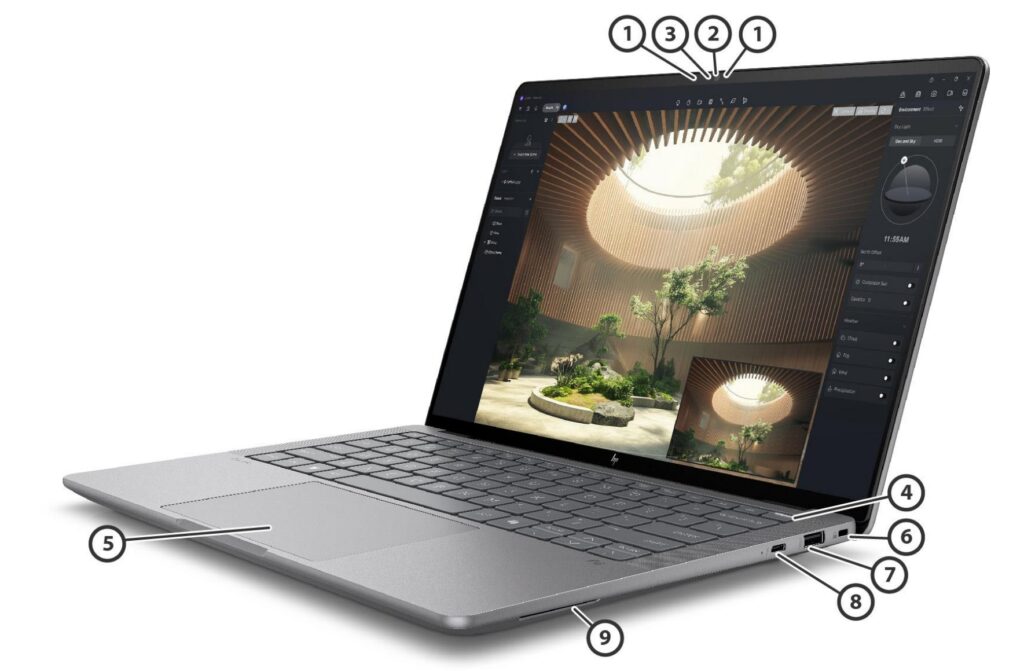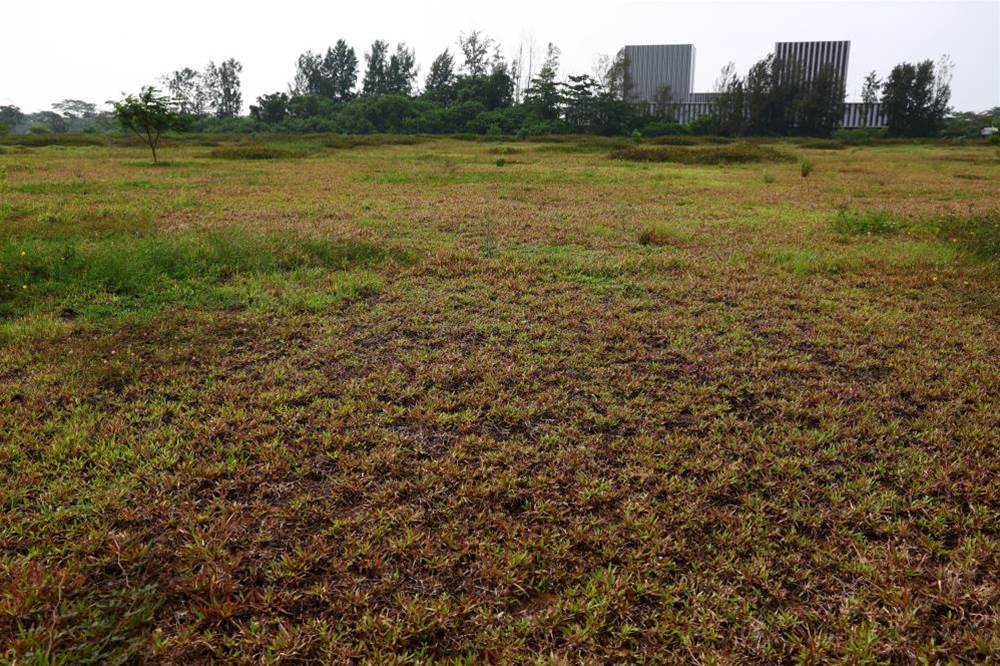Pony.ai Receives Approval for Paid Autonomous Robotaxi Services in Shenzhen Central Business Districts
We independently review everything we recommend. When you buy through our links, we may earn a commission which is paid directly to our Australia-based writers, editors, and support staff. Thank you for your support!
Quick Overview
- Pony.ai becomes the inaugural company to provide paid, completely driverless robotaxi rides in the central business districts of Shenzhen.
- The service has been initiated in Nanshan District, augmenting its pre-existing network in Baoan District.
- Robotaxis operate from 7:30 AM to 10:00 PM daily, even amidst heavy congestion and poor weather.
- Passengers can schedule rides using the Pony.ai application or a WeChat mini-program.
- Pony.ai’s self-driving vehicles have accumulated more than 45 million kilometers, 5 million of which are fully driverless.
- This development sets a new standard for driverless transportation in other major cities worldwide, including prospective rollouts in Australia.
Driverless Robotaxis Roll Out in Shenzhen
Pony.ai has reached a significant milestone in the autonomous vehicle (AV) sector by becoming the first firm authorized to offer paid, fully driverless robotaxi services in Shenzhen’s central business areas. This critical approval permits Pony.ai to initiate commercial autonomous ride-hailing within Nanshan District—one of Shenzhen’s most vibrant and densely populated tech centers, home to nearly 2 million residents.
This advancement enables Pony.ai to connect its ongoing operations in Baoan District, which boasts a population of over 4 million, thereby creating the city’s inaugural driverless transportation network linking vital urban centers. The network integrates business districts, residential neighborhoods, and major transit hubs such as the Shenzhen Baoan International Airport.

Autonomous Mobility Designed for Urban Challenges
Shenzhen, famous for its busy thoroughfares, intricate traffic flows, and constantly evolving cityscape, serves as an ideal testing ground for driverless technologies. Pony.ai’s vehicles feature cutting-edge LiDAR, radar, computer vision, and AI-driven decision-making systems that enable them to adeptly navigate tunnels, narrow streets, and bustling intersections—entirely without human assistance.
Operating every day from 7:30 AM to 10:00 PM, these robotaxis are built to face a diverse range of urban challenges, including unexpected traffic and adverse weather conditions. This capability is vital for winning public trust in autonomous technologies.
Effortless User Experience via Digital Interfaces
Scheduling a robotaxi ride is straightforward using the Pony.ai app or a specialized WeChat mini-program. The user interface is crafted for intuitive navigation, enabling passengers to easily request rides, monitor arrival times, and plan their trips.
This seamless experience is essential for promoting public uptake, particularly in a tech-forward market like Shenzhen. The integration with WeChat—utilized by over 1.3 billion users—ensures broad accessibility.
Demonstrated History of Autonomous Advancements
Pony.ai has recorded over 45 million kilometers of autonomous driving around the globe, including upwards of 5 million kilometers in fully driverless mode. The company’s AVs have undergone rigorous testing in various cities and environments, including the US and other parts of China, giving them a considerable advantage regarding safety and dependability.
James Peng, CEO of Pony.ai, mentioned, “Launching our fully driverless commercial robotaxi services in the lively centers of Shenzhen will propel public adoption, as well as foster trust and confidence in fully autonomous technology as we apply its use to everyday urban scenarios.”
Implications for Australia and Global Markets
While Australia has experienced limited autonomous vehicle trials in cities like Adelaide, Perth, and Sydney, Pony.ai’s achievements in Shenzhen could spur local governments and businesses to expedite AV integration. With urban centers such as Melbourne, Sydney, and Brisbane grappling with increasing traffic congestion, the rationale for implementing autonomous public transport solutions is becoming increasingly compelling.
As cities worldwide transition into smart transport systems, Pony.ai’s initiative in Shenzhen establishes a precedent for other countries, including Australia, to emulate. Effective regulatory frameworks, public-private partnerships, and readiness of infrastructure will be critical for successful adoption within the Australian landscape.
Conclusion
Pony.ai has made history as the first firm to unveil paid, fully driverless robotaxi services in Shenzhen’s Nanshan District, while expanding its existing operations into the Baoan District. Running daily and capable of managing complex traffic situations, the robotaxis signify a major advancement in the worldwide autonomous vehicle landscape. With 45 million kilometers of AV history, Pony.ai’s innovation could influence the evolution of urban transport globally—including in Australia.
Q: What distinguishes Pony.ai’s robotaxi service?
A:
Pony.ai’s offering is unique due to its complete driverless capabilities, extensive real-world testing, and its focus on high-density urban regions. It is the first to facilitate paid, autonomous rides in Shenzhen’s central business districts, tailored for peak commuting hours.
Q: How does Pony.ai assure safety in its robotaxis?
A:
The vehicles employ an array of sensors, including LiDAR, cameras, radar, and AI-driven software, to perceive and react to road conditions instantaneously. The system has been validated over 45 million kilometers, with 5 million in fully driverless mode, demonstrating high standards of safety and reliability.
Q: Is booking a ride accessible for the public?
A:
Absolutely, rides can be booked via the Pony.ai mobile application or a WeChat mini-program. The user interface is designed for simplicity, allowing riders to schedule, track, and pay for rides with ease.
Q: Which regions in Shenzhen does this robotaxi service cover?
A:
The service currently encompasses both Nanshan and Baoan Districts, catering to residential neighborhoods, commercial centers, and transportation hubs such as Shenzhen Baoan International Airport.
Q: How might this influence autonomous transport in Australia?
A:
Pony.ai’s success could motivate Australian regulators and transportation operators to look into autonomous taxis for cities such as Melbourne, Sydney, and Brisbane, particularly as urban congestion escalates. This sets a benchmark for commercial AV utilization in densely populated areas.
Q: What are the operational times of the robotaxi service?
A:
The robotaxis are in operation daily from 7:30 AM to 10:00 PM, providing reliable service throughout the day and into the night, even during challenging traffic or weather conditions.
Q: Is this technology adaptable to other major global cities?
A:
Yes, the technology is engineered for scalability. Pony.ai’s modular AV platform can be customized to suit various urban infrastructures, traffic regulations, and climate conditions, making it feasible for worldwide deployment.
Q: What environmental effects do robotaxis have?
A:
The majority of robotaxis, including those produced by Pony.ai, are electric vehicles, which helps reduce carbon emissions and lower urban pollution, aligning with global sustainability efforts.













.jpg&h=420&w=748&c=0&s=0)